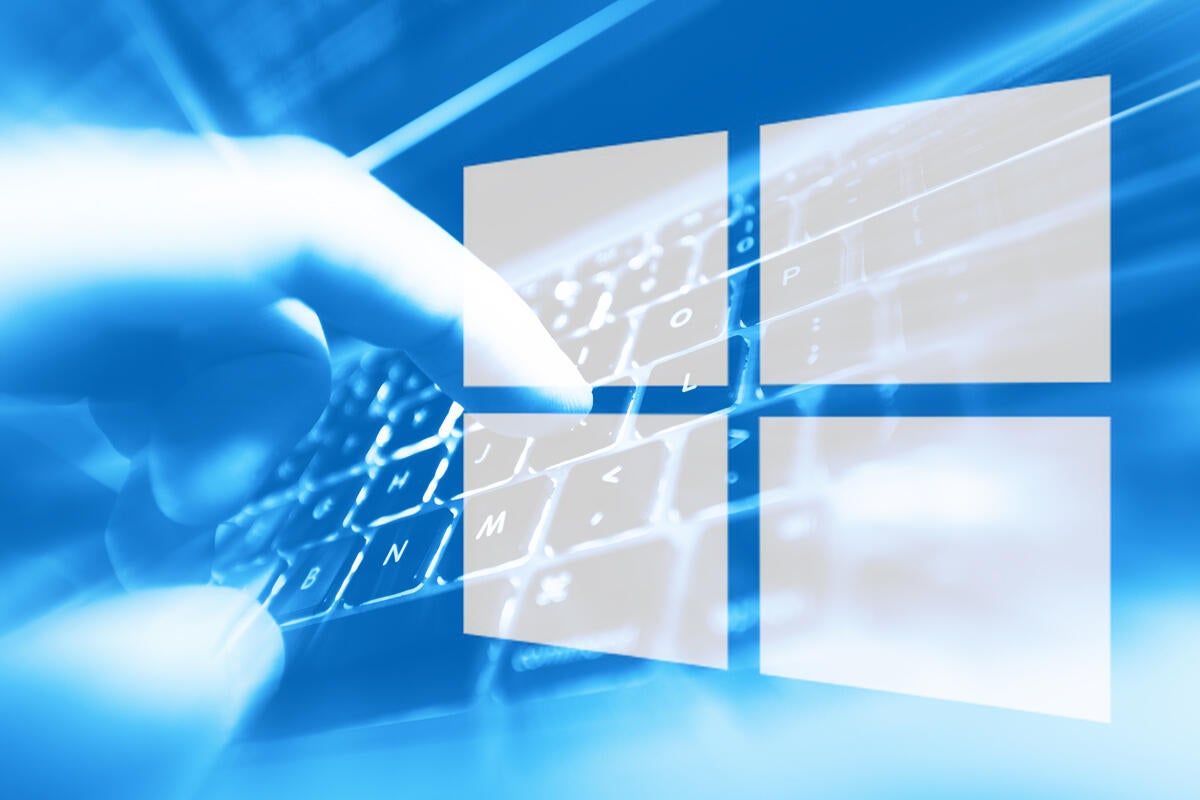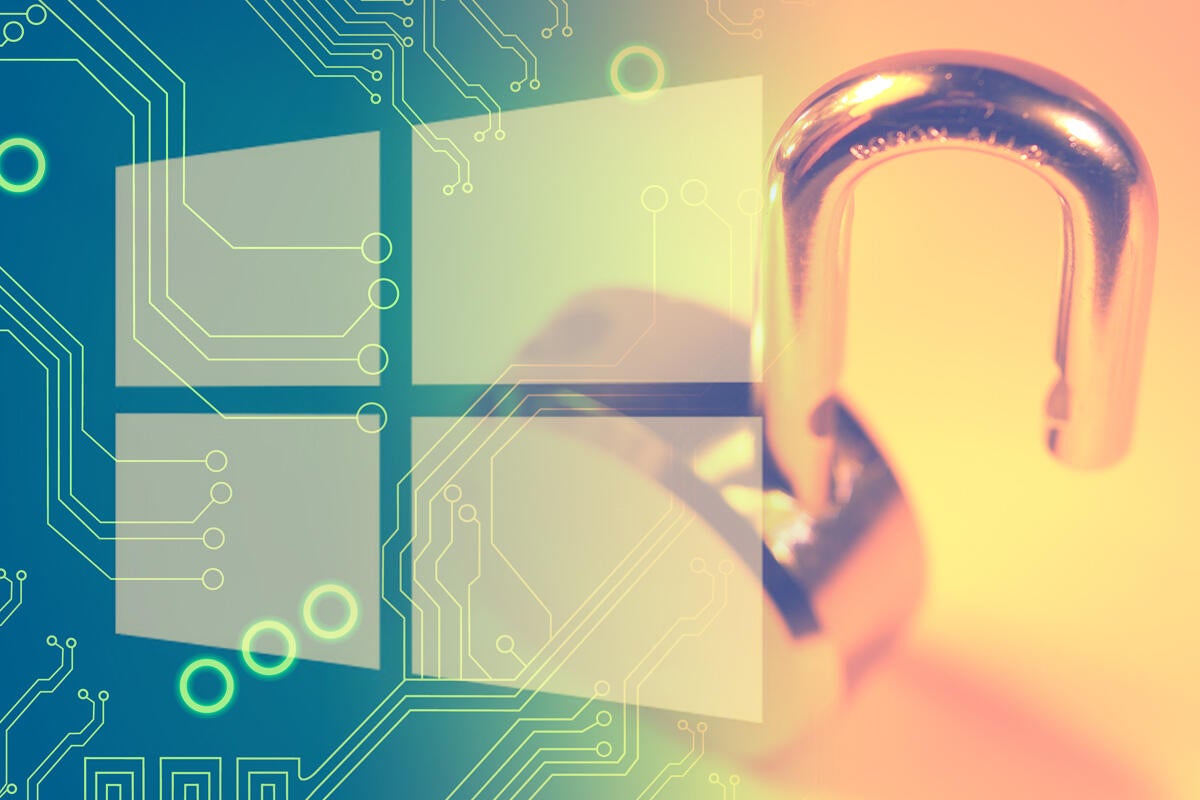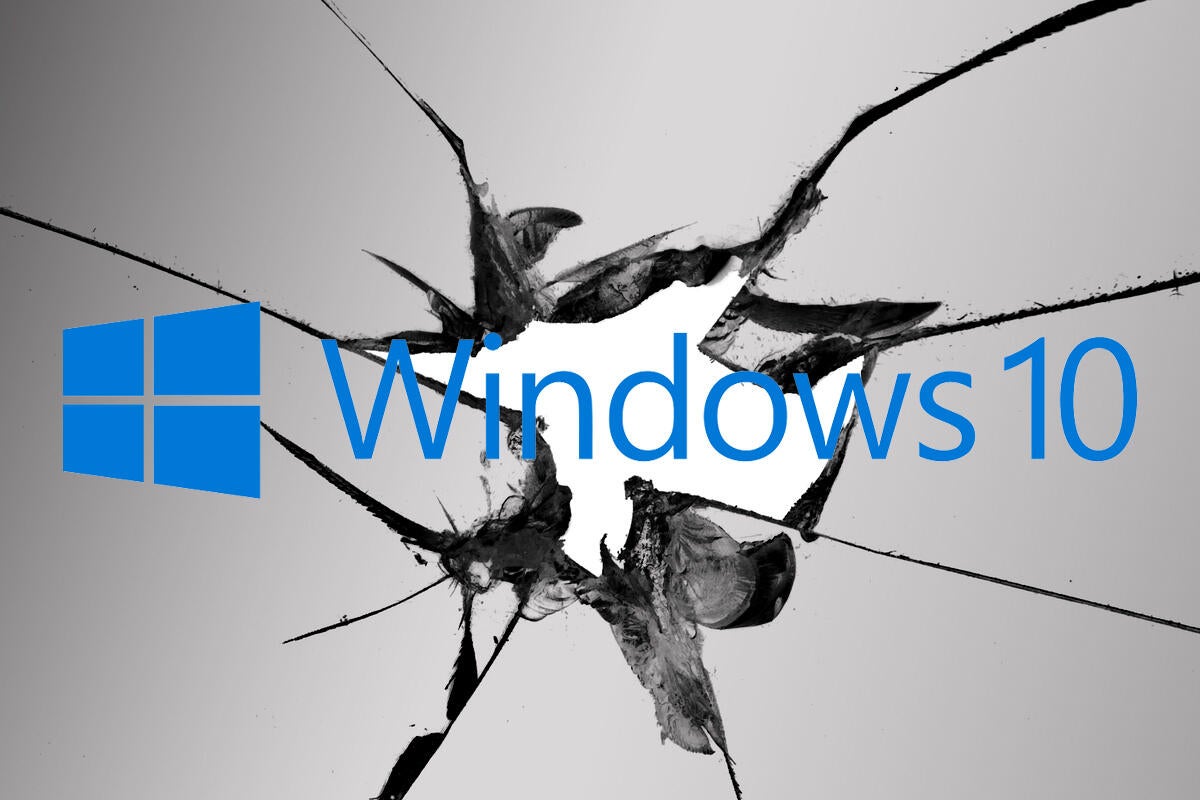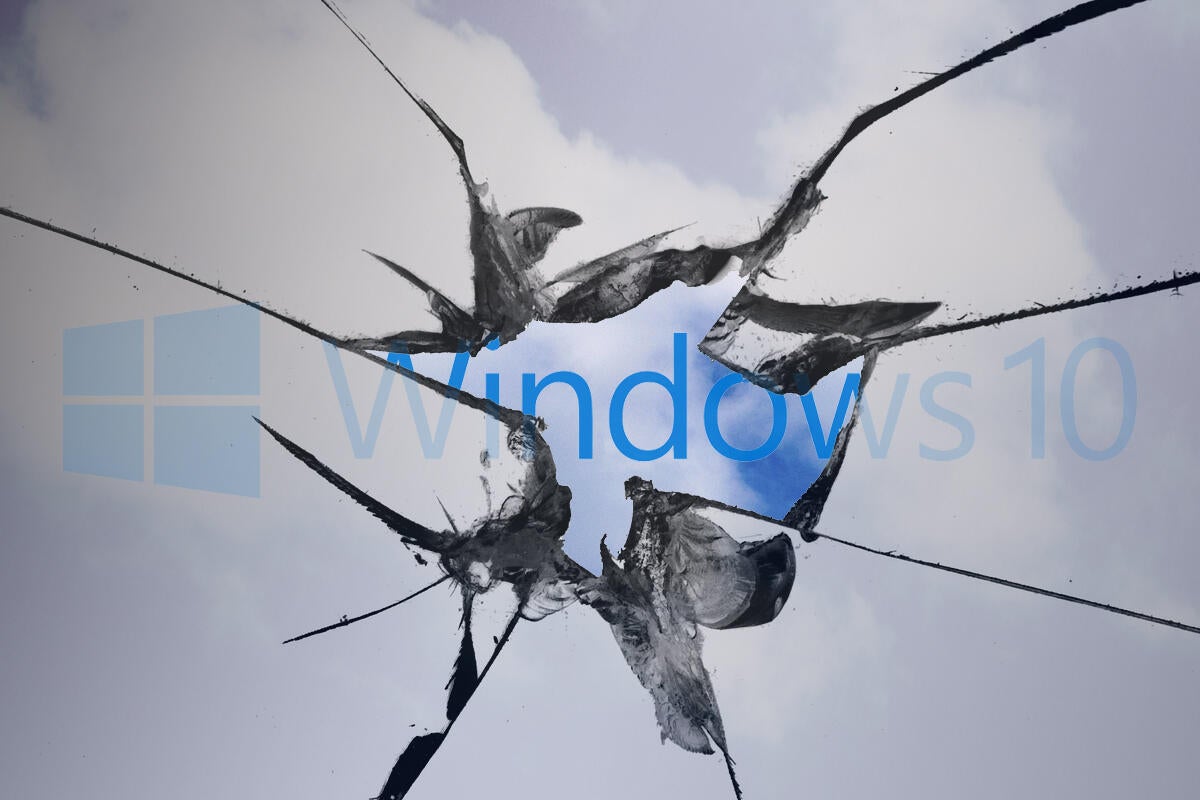Time to install the April Windows and Office patches, but there’s a big problem with Win7
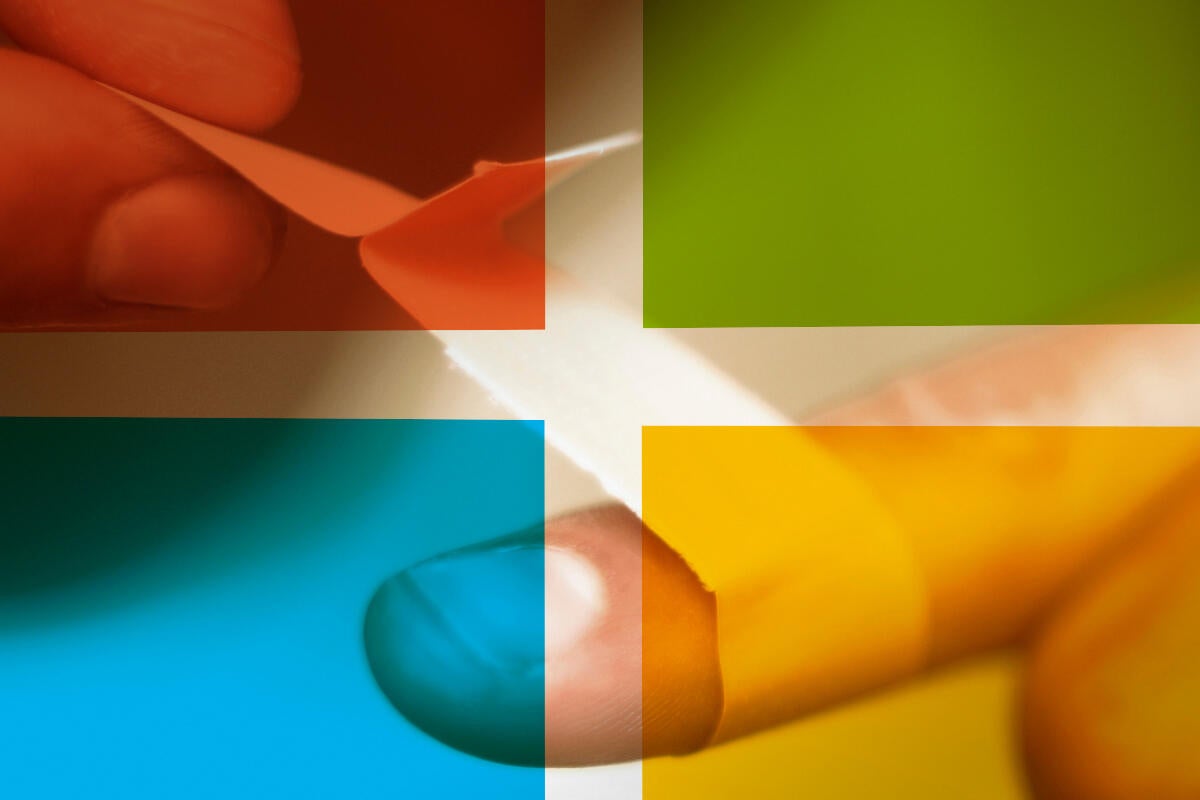
Credit to Author: Woody Leonhard| Date: Fri, 27 Apr 2018 09:22:00 -0700
Good things come to those who wait. If you resisted the drill sergeant scream of “GET THOSE PATCHES INSTALLED AS SOON AS THEY’RE OUT, MAGGOT!” you’re about to reap your just reward.
As is so often the case, the Patch Tuesday screams are something you should consider, but they’re hardly the final word. At this point, there’s a credible threat forming for Win7 and Server 2008 R2 machines — Total Meltdown is definitely coming — but the sky hasn’t fallen. There are no known Meltdown or Spectre exploits in the wild, and all of the hell unleashed by this month’s series of patches and re-patches and pre-appended re-re-patches primarily served as demonic theater to those of us who chose to wait.
